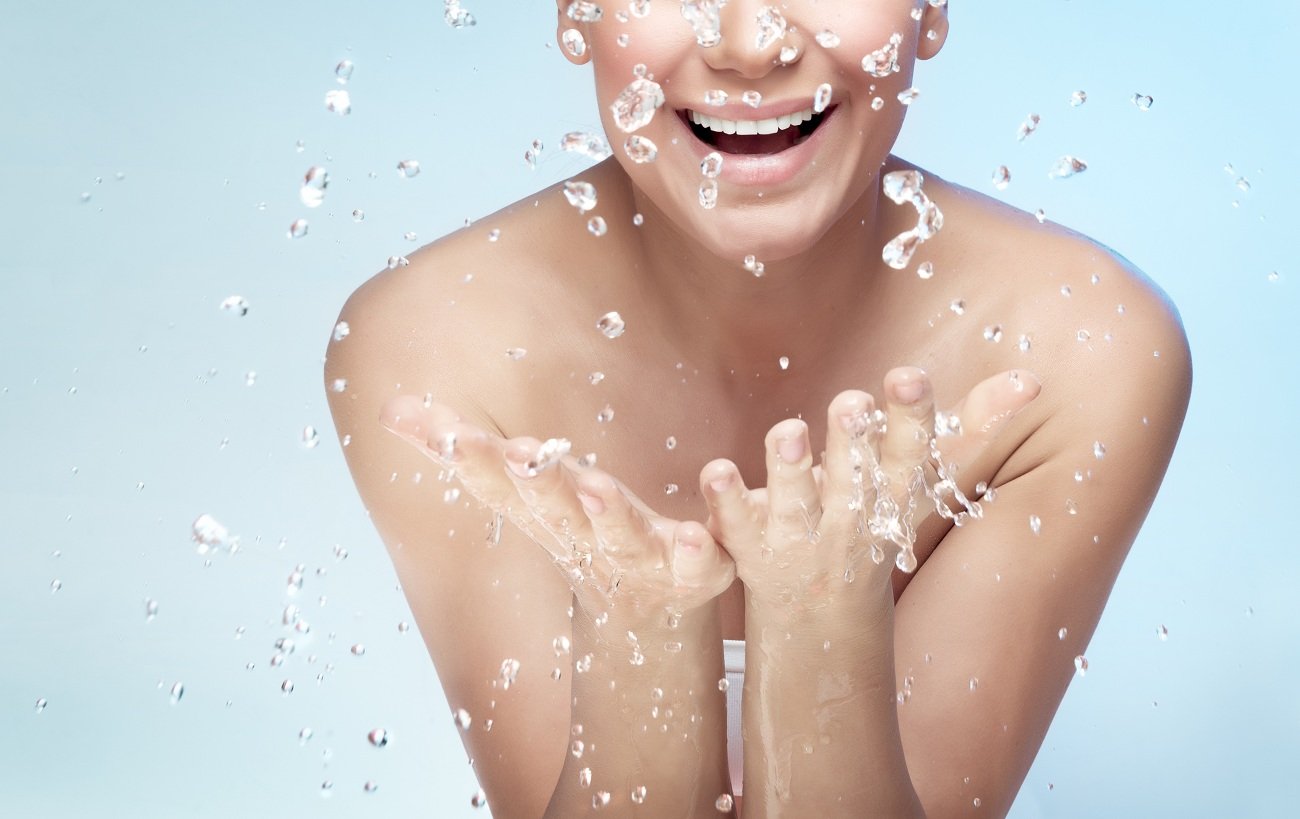If you suffer from chilblains, the coming of winter is always something you look forward to with a sense of bittersweetness. Winter is good and stuff, but those chilblains can be quite annoying, especially the itching.
Thankfully, like any problem, there are some things you can do to mitigate the damage and even prevent it. Chilblains can be less of the pain they are if you know how to deal with them with a rational mind.
So, let’s get to know more about chilblains, what causes them, how to treat them, and prevent them.
Chilblains?
Chilblains often come as small lesions on the skin, caused by inflammation. Tiny blood vessels get inflamed after exposure to cold air. The damage that cold causes stimulates the blood vessels to inflame.
Chilblains are often painful and can be quite itchy. They itch the most when you’re warm in bed. Inflammation gets agitated when the skin is warm. Chilblains develop on the fingers and toes.
What are the symptoms of chilblains?
Chilblains appear as swollen, red patches on the skin. They also appear bluish sometimes. And since they’re swollen, they can be shiny.
Other chilblain symptoms include:
- burning sensation
- blisters
- annoying itchiness
What causes chilblains?
The tissues exposed to extreme cold get tighter. Less blood reaches all the areas of the skin, especially the fingers and toes. When exposed to extreme cold, blood flows quickly to theIt deprived. When exposed, it leaks to the other tissues, causing swelling and inflammation.
When that happens, the nerves get irritated, which causes chilblains’ symptoms.
What are the risk factors of chilblains?
It’s not exactly clear what directly causes chilblains. However, a few things increase the risk factor of getting chilblains.
Some of the risk factors include:
- Clothes that expose the skin to cold
- Damp conditions
- Smoking
- Having XX chromosomes instead of XY
- Having unhealthy weight
- Poor circulation
How are chilblains diagnosed?
A simple physical examination can prove that you have chilblains. Experts can spot them the moment they see them. The doctor will ask you some questions related to cold exposure.
In some cases, the doctor might take some small samples of the skin to prove it’s not a BCC. BCCs, also known as skin cancer, tend to have similarities with chilblains.
If you usually get chilblains, you can easily spot them, even expect them to show.
A good doctor might run some other tests to prove you don’t have any other underlying condition.
How to treat chilblains?
Chilblains usually go away after a while. As the extremely cold weather leaves, the chilblains will slowly disappear, until they return again, as usual.
If your chilblains itch a lot, the doctor might prescribe some medication or lotion to reduce the agitation.
People who have diabetes or poor blood circulation might suffer more seriously from chilblains than regular people.
If your chilblains are not treated in a month or so, you might want to consult your healthcare provider. That’s something to consider, especially if your case is severe, like having pain and severe itchiness.
Home strategies to prevent chilblains?
You can always limit your exposure to extreme cold to prevent chilblains. You can also wear some kind of gloves or clothes that cover dampness to help prevent chilblains.
When you notice the symptoms develop, try to warm up your hands slowly instead of exposing them to heat. Warming your hands or feet very rapidly can cause the symptoms to agitate.
You can also use some kind of lotion or something to keep your hands moisturized. Moisture might stop the itchiness.
Keeping your hands clean and moisturized will also reduce the risk of developing any other complications.
While it’s usually best to let chilblains run their course, there are a few things you can do at home to ease your symptoms. As soon as you notice symptoms, try to warm up the affected area slowly by putting it under a blanket. Avoid applying direct heat because warming up the area too rapidly can worsen your symptoms.
While massaging or rubbing the area can increase irritation and inflammation. As your chilblains heal, apply a gentle unscented lotion to the area to keep your skin moisturized. This is especially important if your chilblains have blisters.
Bottom line
Chilblains are painful and uncomfortable, and we can’t wait to get rid of them. But at the end of the day, they’re not a serious health problem. So, you don’t have to worry too much.
However, that doesn’t mean you shouldn’t consult with a healthcare professional to check if there aren’t any underlying conditions that cause chilblains.

